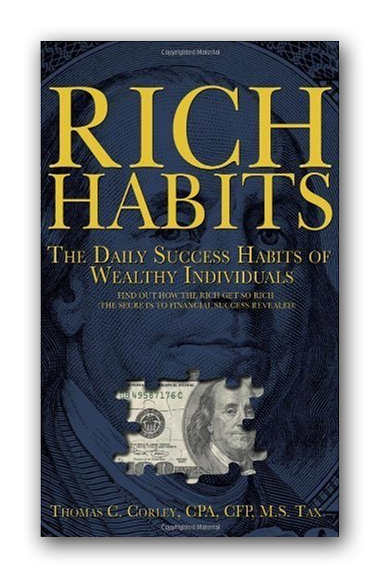
Cheap people and frugal people are two very different types. Cheap people focus on price first, when it comes to spending their money. Frugal people focus on quality first when it comes to spending their money. But one common denominator they both share is that they control how much money they spend.
Most people, however, are neither cheap nor frugal. Consequently, they are not cautious about their spending. If you don’t make a lot of money, this character trait can lead to credit card debt and poverty.
But, there is a solution. In my study of frugal self-made millionaires, I found one strategy that they used to limit how much money was available for them to spend. I call it the Invisible Money Strategy. The Invisible Money Strategy involves just three simple steps:
Step #1 Define Your Monthly Nut
This step requires that you track your spending for a few months in order to determine exactly how much money you are spending on your needs and how much money you are spending on your wants. Your needs are the things that you must spend money on in order to survive.
Your needs include housing costs, food, car expenses etc. Your wants include entertainment expenses such as going to restaurants, bars, taking vacations, buying jewelry or buying other stuff you don’t really need.
Your wants also include super-sizing on your needs. You super-size when you buy a house in a upscale neighborhood or when you buy a bigger house just to give others the impression that you are doing well. You super-size when you buy a more expensive car just to impress others. You super-size when you buy a more expensive wedding ring, watch or anything that falls into the latest fad category. Latest fad spending includes clothing, cell phones, computers, etc.
Once you have defined your monthly nut, you know exactly how much money you need to survive.
Step #2 Calculate Your Excess Money
Subtract your monthly nut from your total monthly take home pay. This equals your Excess Money
Step #3 Make Your Money Invisible
Open up a separate savings account. Every time you get paid, immediately move your Excess Money into the savings account. This will force you to spend only what you have in your main checking account. This has three psychological effects. The first, is that the simple act of moving your Excess Money into a savings account makes you feel good about yourself. Feeling good about yourself makes you happy. The second effect is that you will be forced to limit your spending to what is available in your main checking account. This forces discipline, which also makes you feel good about yourself. The third effect is the psychological impact of caving into your wants. Every time you move money from your savings account back to your main checking account, in order to spend money on something you want, you will feel like you are cheating. This makes you feel bad about yourself, which leads to unhappiness.
People naturally gravitate to things that make them feel happy and avoid things that make them feel unhappy. The Invisible Money Strategy plays into that natural human tendency. Over time you will develop the habit of spending money only on your needs in order to prevent the unhappiness that results when you give into your wants.
Give it a try for a at least four months. It takes about four months to forge good money habits.












I love this idea of “hiding” your money in a separate account to limit the amount you have in your main account available to spend.
I think the psychology involved with personal finance is the part most people get tripped up on because they don’t make the connection between money and psychology. You did a great job explaining the positive consequences of making your money “invisible”. Great read 🙂
Thank you. Very kind of you.
Hmmmm, I agree with shifting money out, but I am not sure you even need a savings account. If you have some discipline, you’ll be able to tell how much is excess and should transfer it out as soon as possible.
This is similar to what I do, only my excess goes directly to my investment account. Makes it a lot easier to hit my investment goals during the year.
Love the idea. Once I out money into a savings account, I don’t even consider taking it out. So automating this process and having an amount deposited automatically each month makes it that much easier! If I want to spend it, I have e to consciously transfer the cash from savings to checking , which gives me one more opportunity to talk myself out of the purchase!
Bert
Sometimes the simplest advice is the best, and it is hard to top this. Such a basic change as diverting my excess income before I have the opportunity to see it (and start spending it in my head!) is responsible for all of my wealth.
At the end of the day we humans are quite simple animals…just because we can think for ourselves does not exclude us from the effects of our own, flawed, nature!